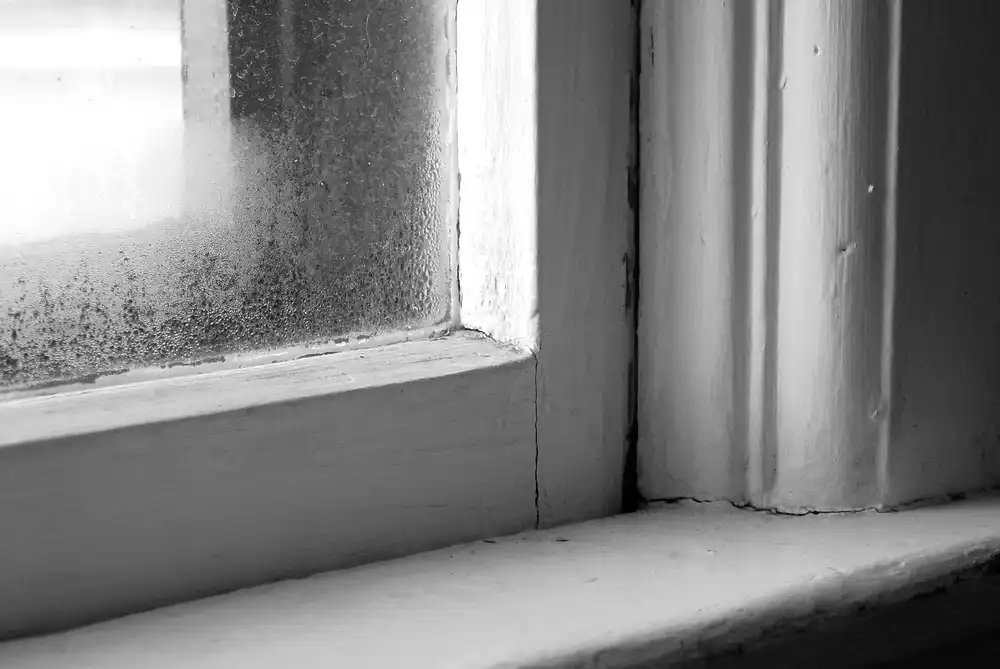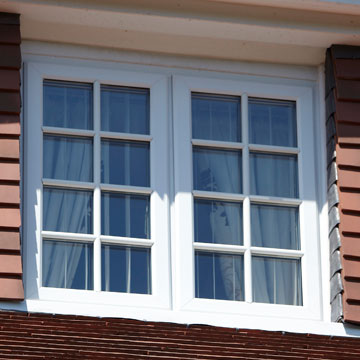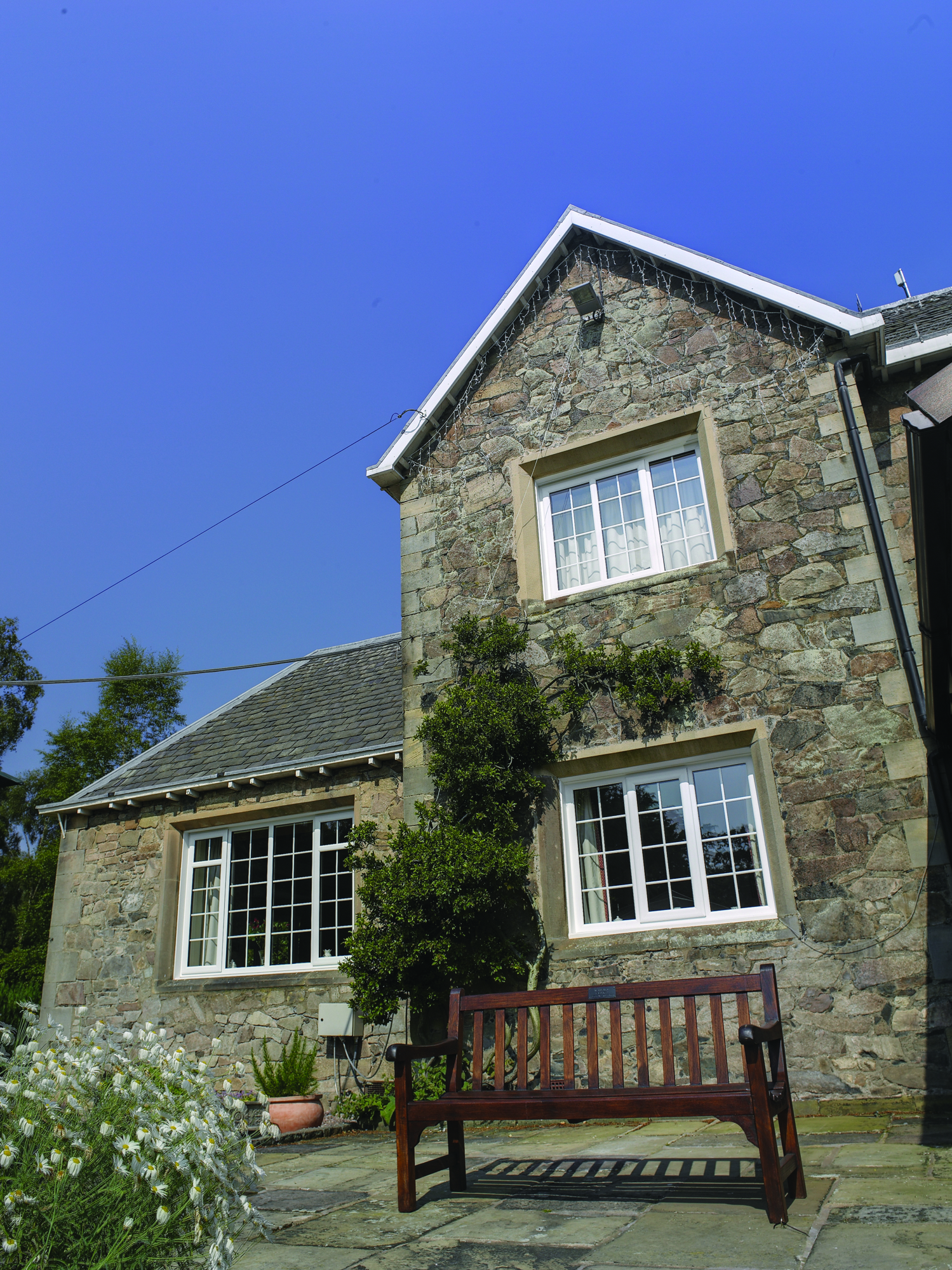Secondary Glazing vs. Double Glazing
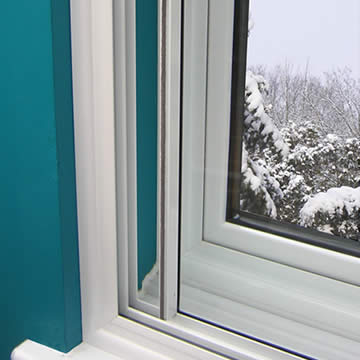
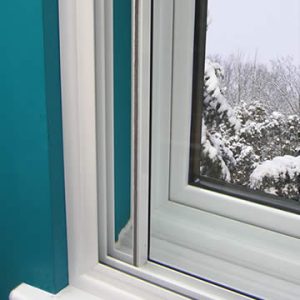
Secondary Glazing
It’s easy to glaze over when thinking about the technicalities of windows – if you’re confused about the difference between double and secondary glazing, Albany can help.
The 70 years’ combined experience of our founders and directors means that they know all there is to know about windows and glazing!
Read on to see how you can reduce condensation, noise pollution and improve the effectiveness of your heating, factors especially important in the colder months.
What is the difference between secondary and double glazing?
Secondary glazing is an independent system added to the inside of existing window frames. This does not require the replacement of the whole window and can be fitted at any time – types of secondary glazing include sheets of rigid and transparent material (clear plastic suitable for DIY), or semi-permanent glass which is screwed or sealed onto the existing window frame.
Double glazing is part of a sealed window unit that incorporates two panes of glass separated by an insulating spacer bar and a gap that can be a vacuum or filled with argon gas. For double glazing to be installed, existing windows have to be removed.
Different factors to bear in mind
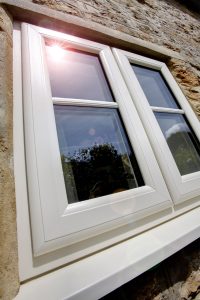
Double Glazed Windows
Ease of installation: some types of secondary glazing come in DIY forms or can be installed by a double glazing company. It will be very quick to install for professionals – interrupting your day as little as possible. Double glazing can only be installed by trained tradesmen and may take longer (as the whole window will be replaced, rather than a pane added).
Cost effectiveness: secondary glazing is very cost effective and double glazing a lot more costly, but both options have long term benefits for your heating bills. Whether through a sealed unit or additional secondary panel, heat is stopped from escaping, giving you energy efficiency that lasts and heat that stays in your home.
Maintenance hassle: good quality double glazing or secondary glazing can be easily wiped with a glass cleaner. As secondary glazing is not part of a sealed unit, you can also easily clean behind the panels. This is not possible with double glazing, where only the outer panes can be reached.
Property suitability: Both secondary and double glazing are suitable for a range of properties. You normally don’t need planning permission to install secondary glazing, even in conservation areas. This is because it is fitted internally, meaning the exterior of a house is unaffected, which may particularly useful for homes in Cheltenham, Tewkesbury or anywhere other heritage areas in Gloucestershire.
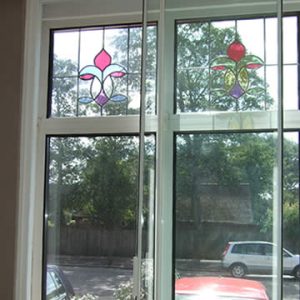
Secondary glazing with a horizontal slider
Which to choose: Both secondary and double glazing can improve thermal efficiency and are widely available.
Although double glazing is durable, secondary glazing is a quick, cost effective way to improve heat and noise insulation for your home, especially if you cannot remove your existing glazing or live in a property where planning permission is a concern.
Dedicated installers since 1999
Our founders and directors have over 70 years’ combined experience in the industry. This expertise is reflected in our secondary glazing installation – we fit only the best quality glass. This removes the hassle of you having to install extra glazing yourself or the risk of insufficient fittings (that result in draughts or leaks).
Our secondary glazing is available in a range of configurations, including vertical sliding, open out and tilt back.
We also offer a fantastic range of double glazed products, which can improve the thermal performance and aesthetics of your home – all of our windows and doors are made using sealed units with low-e glass.
So whether you want cost-effective secondary glazing or double glazing that is incorporated into our products, we make it easy to match your windows to the character of your property, wherever you live in Gloucestershire.
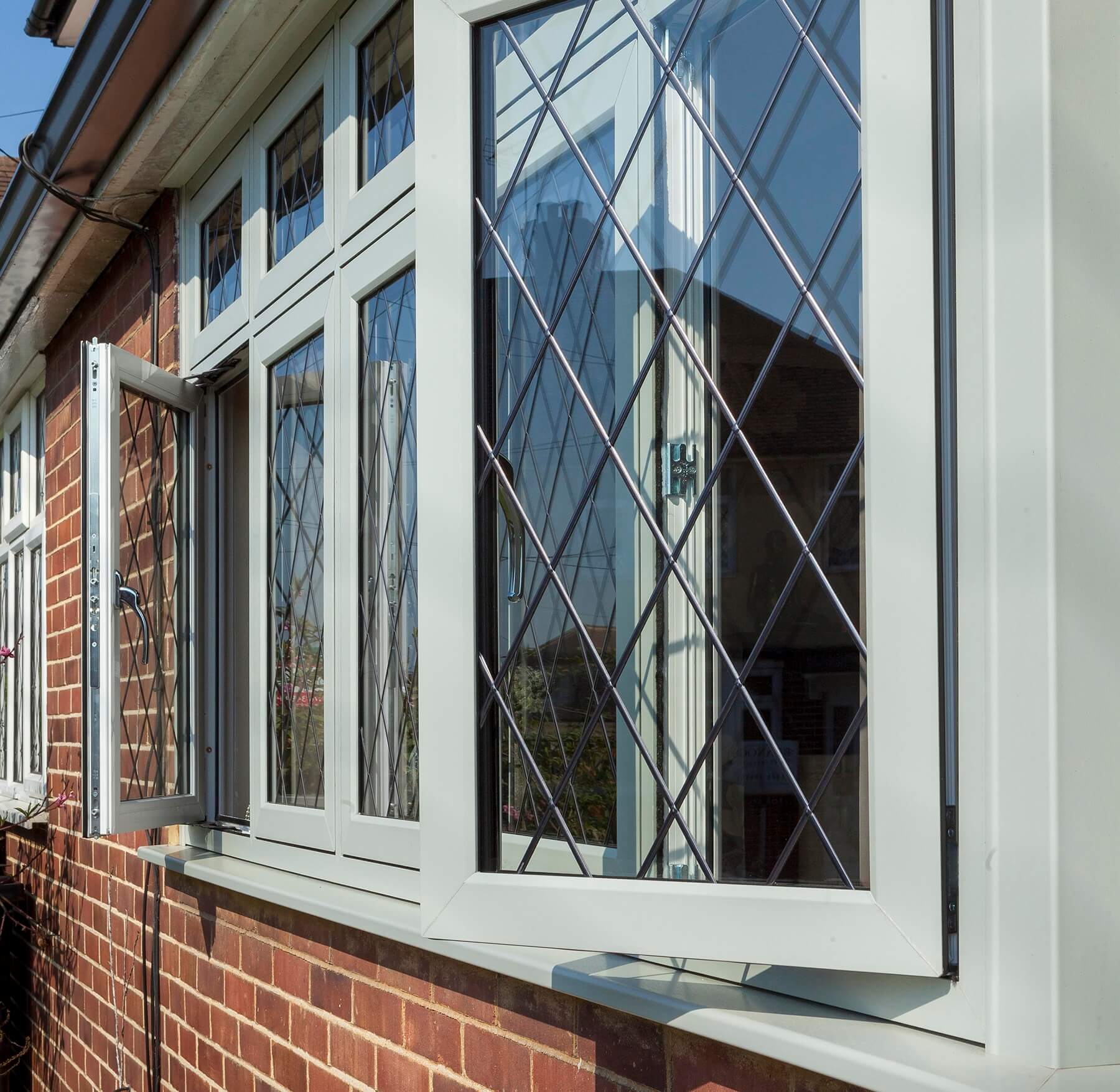
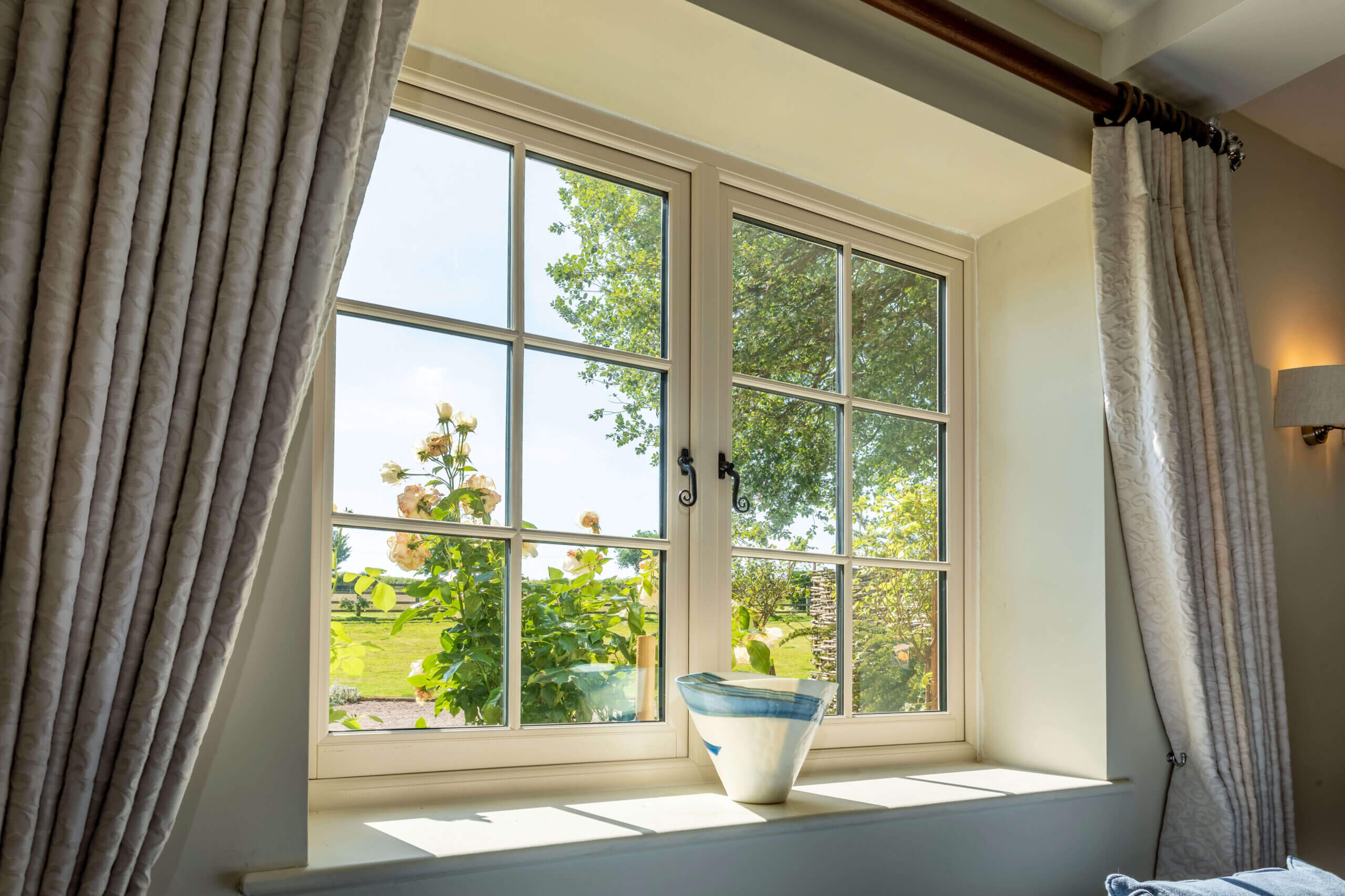
 based on over
based on over 